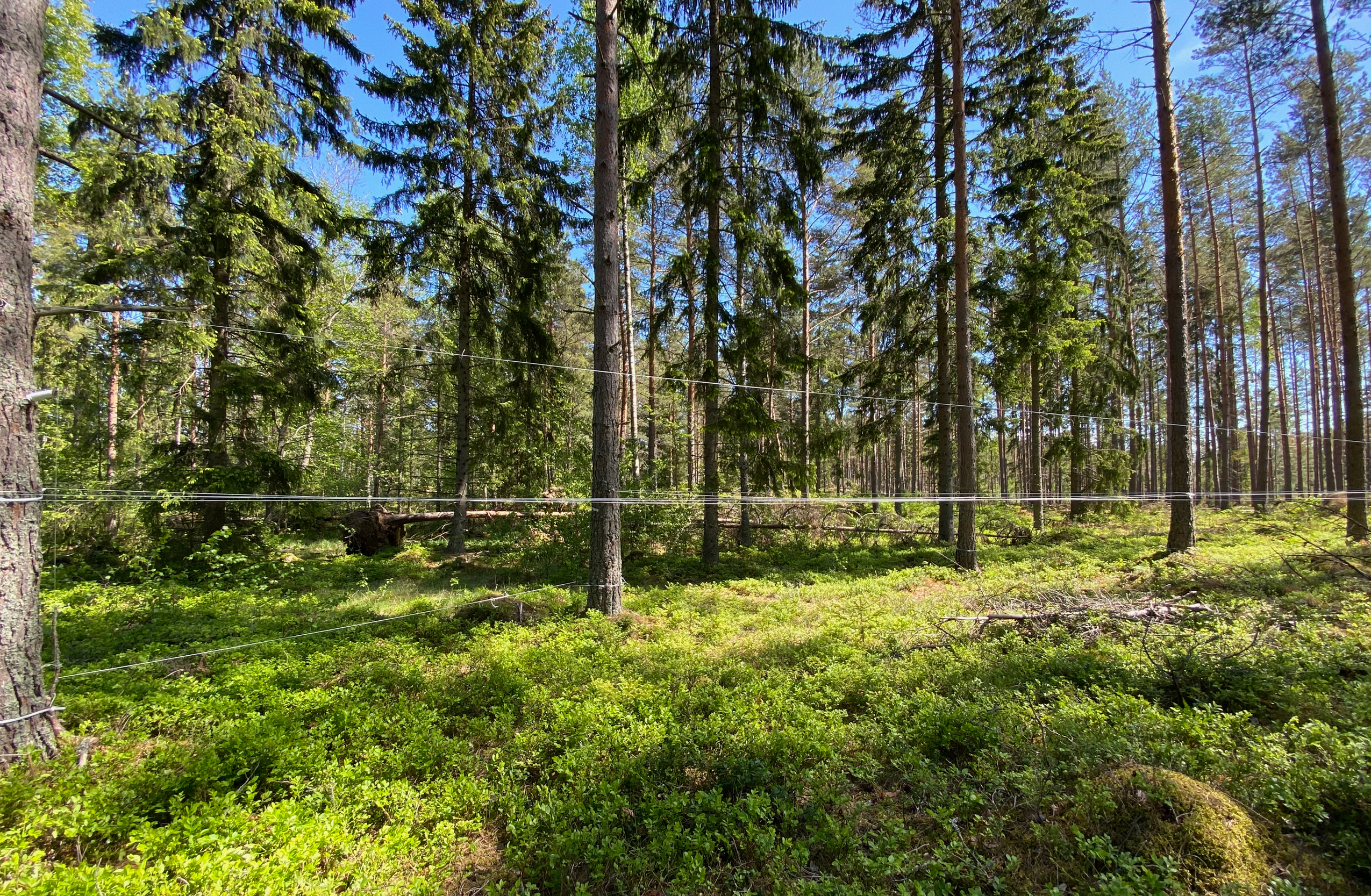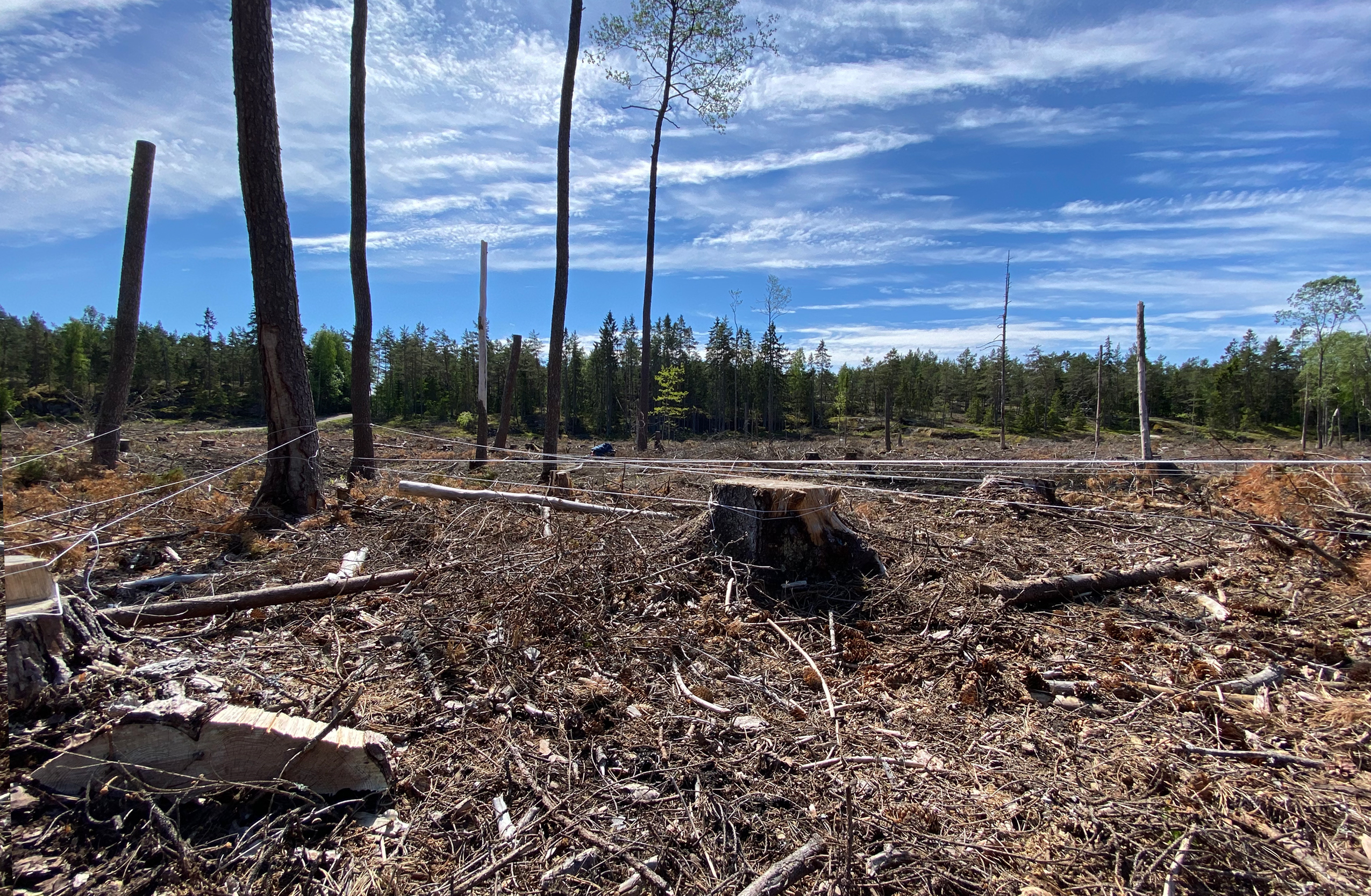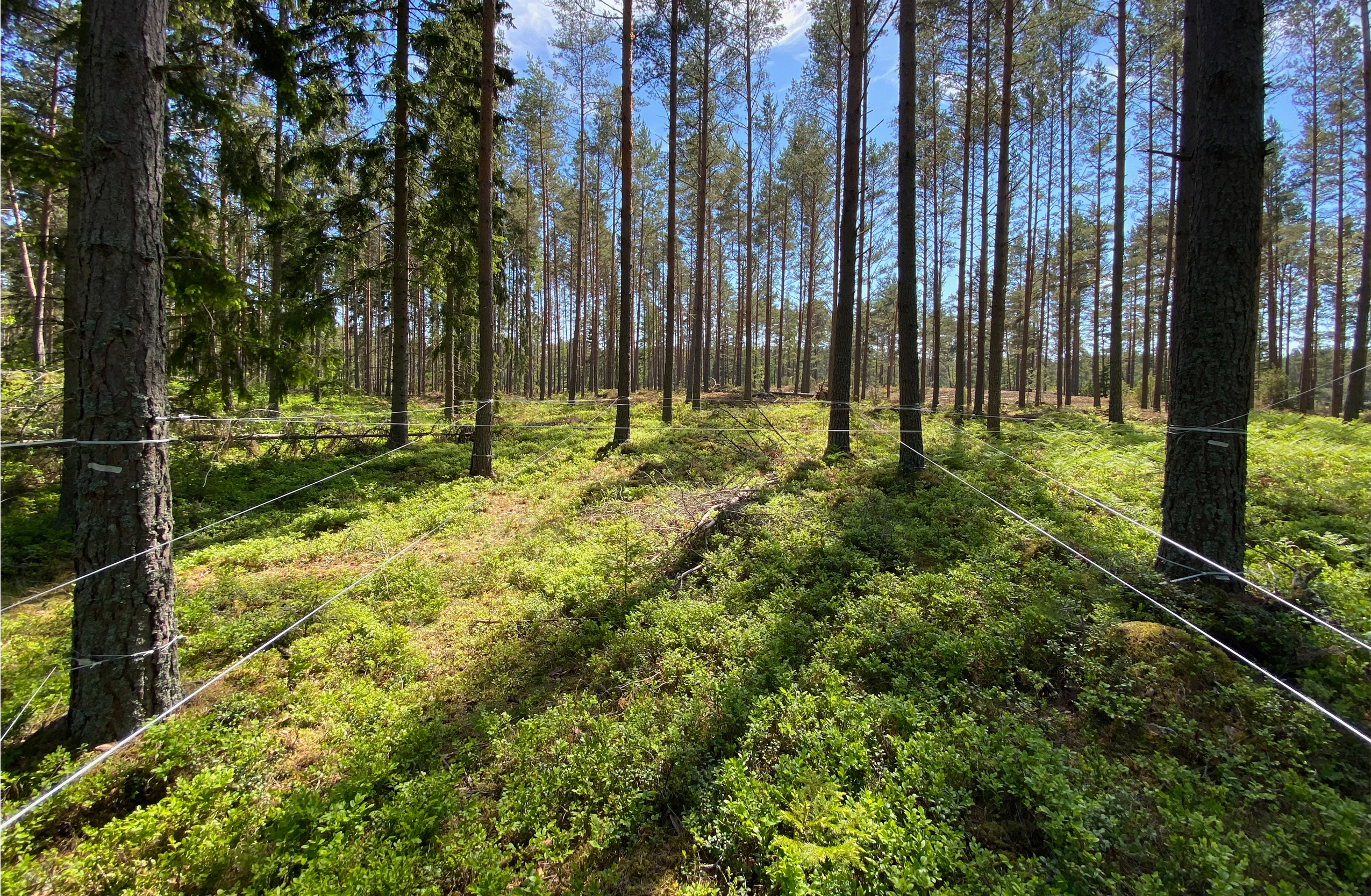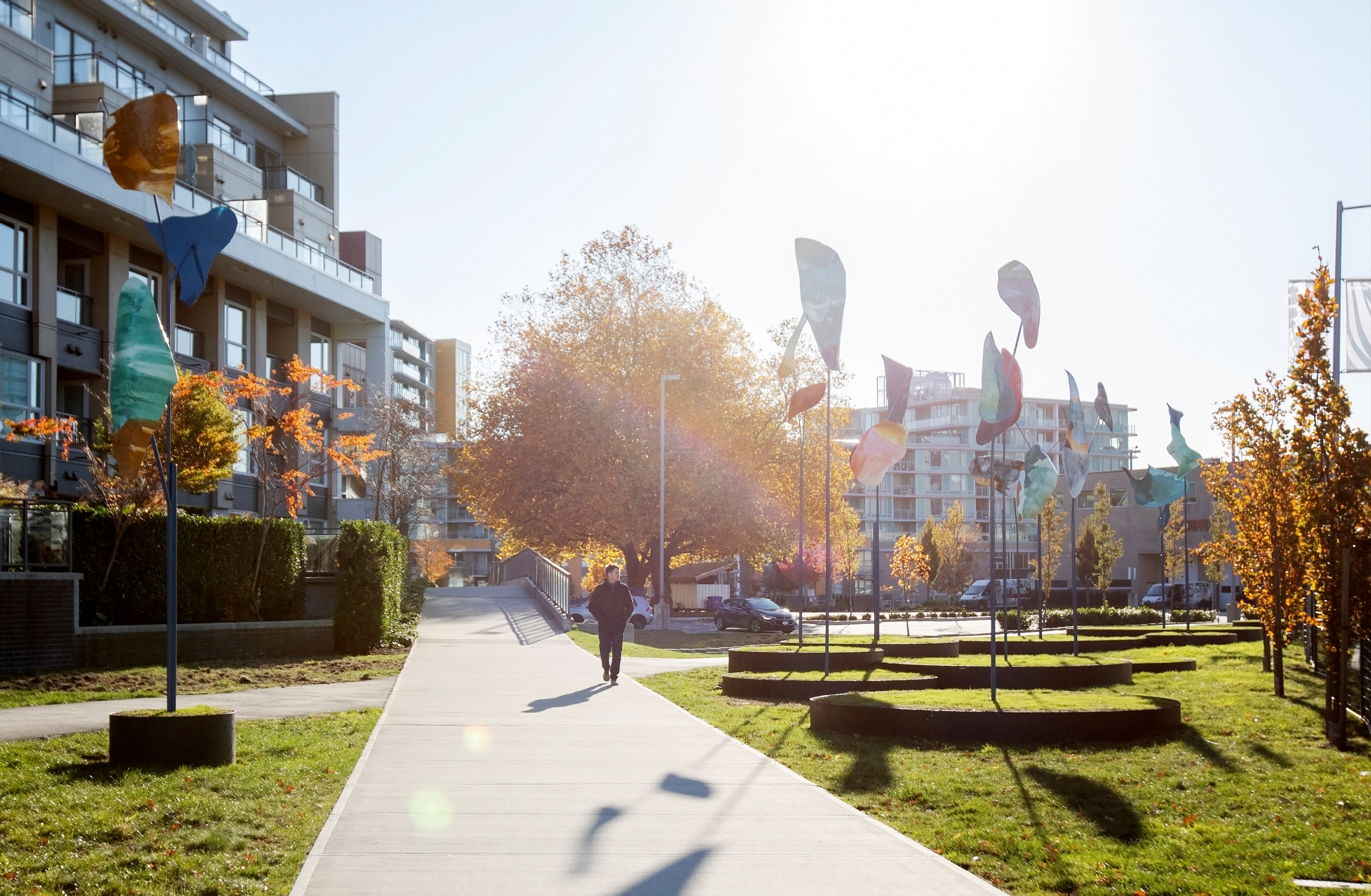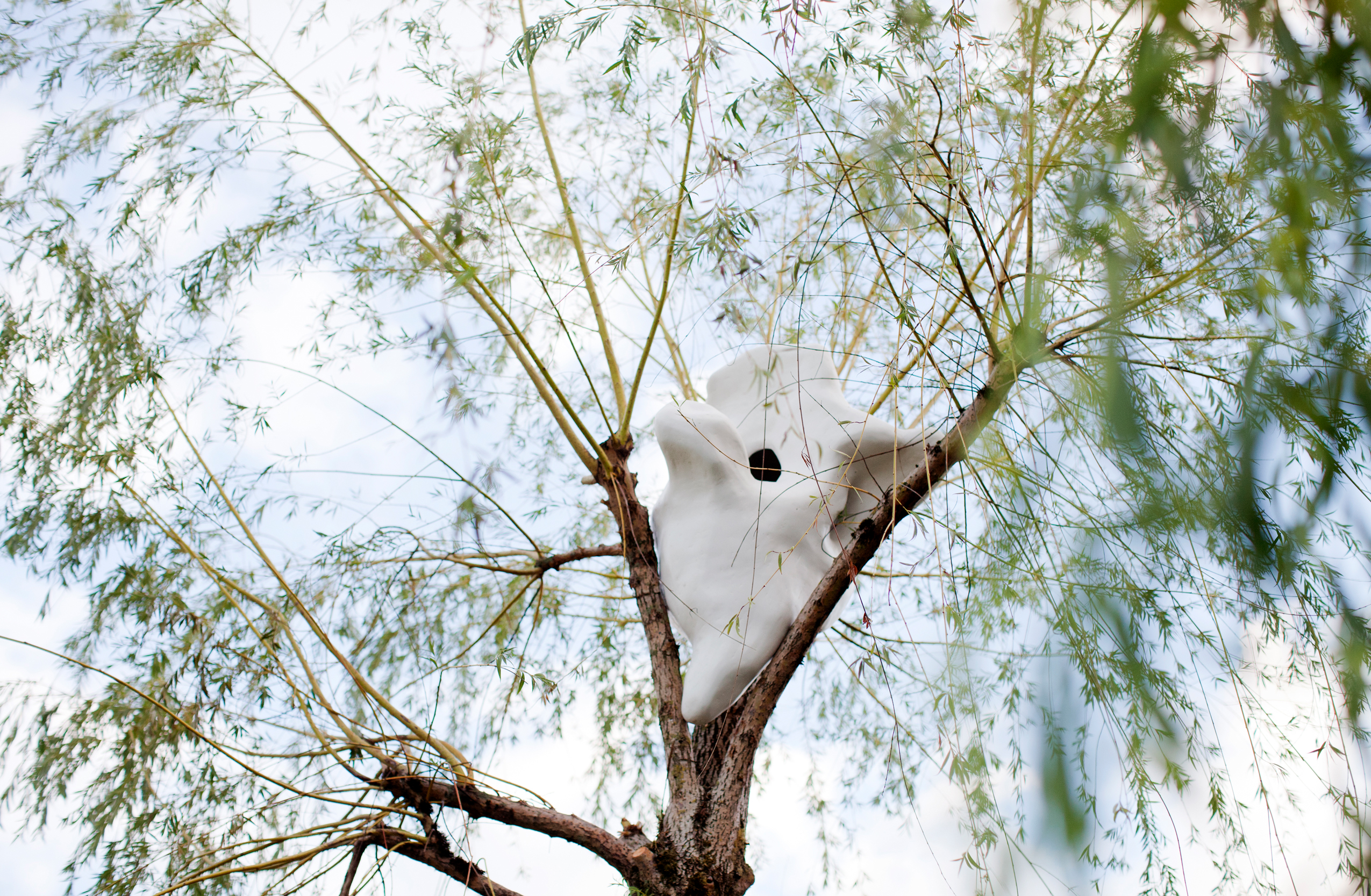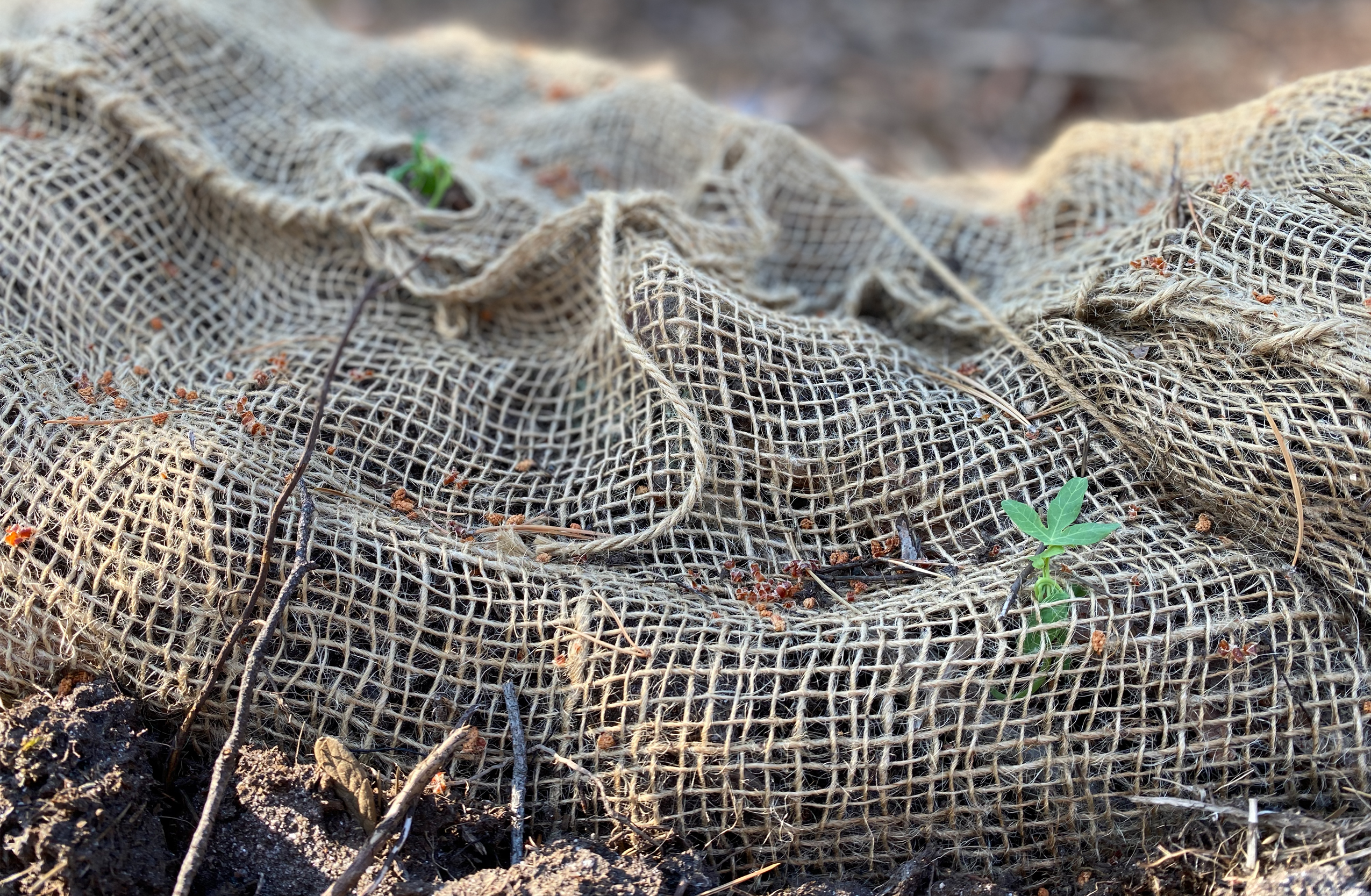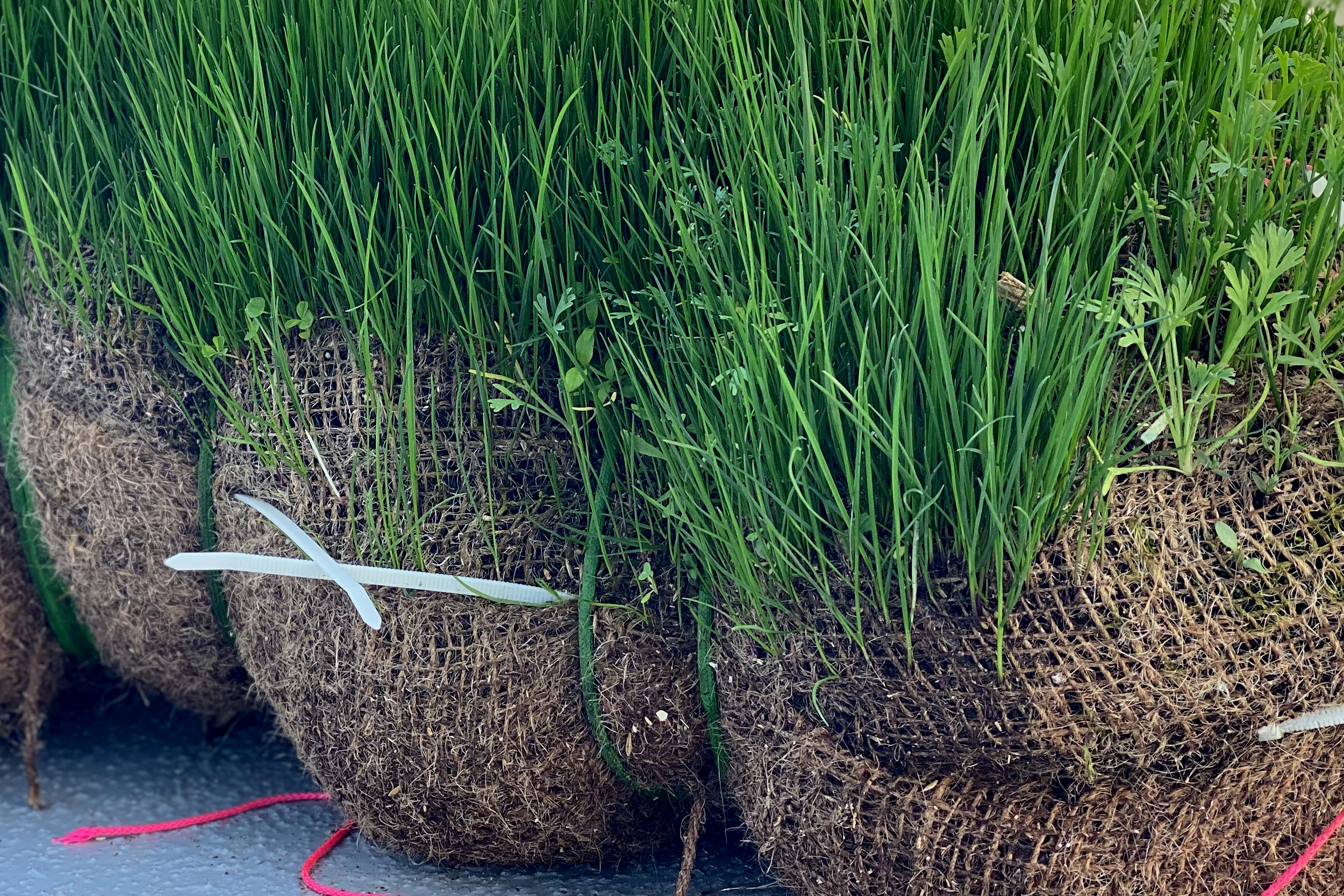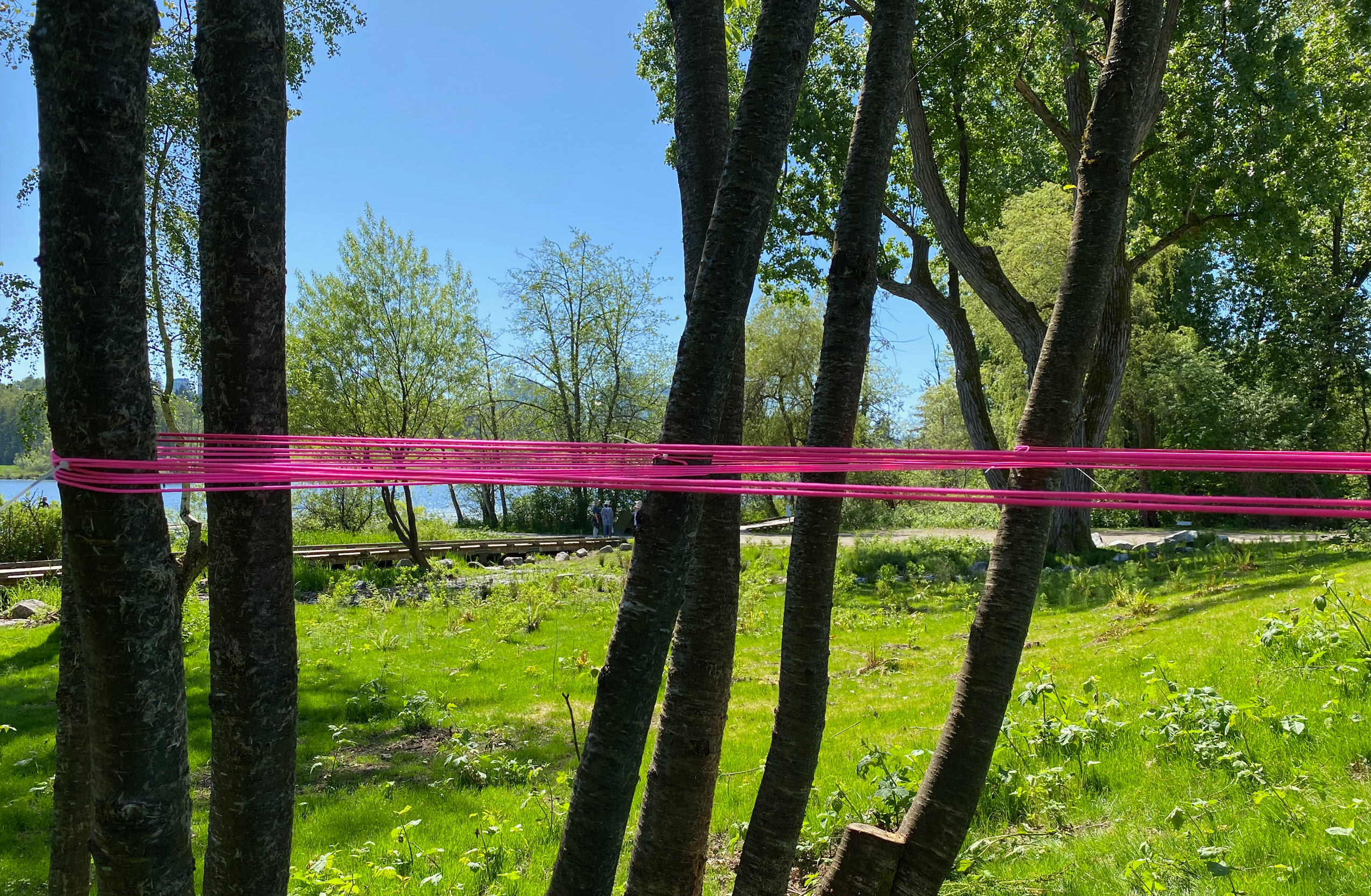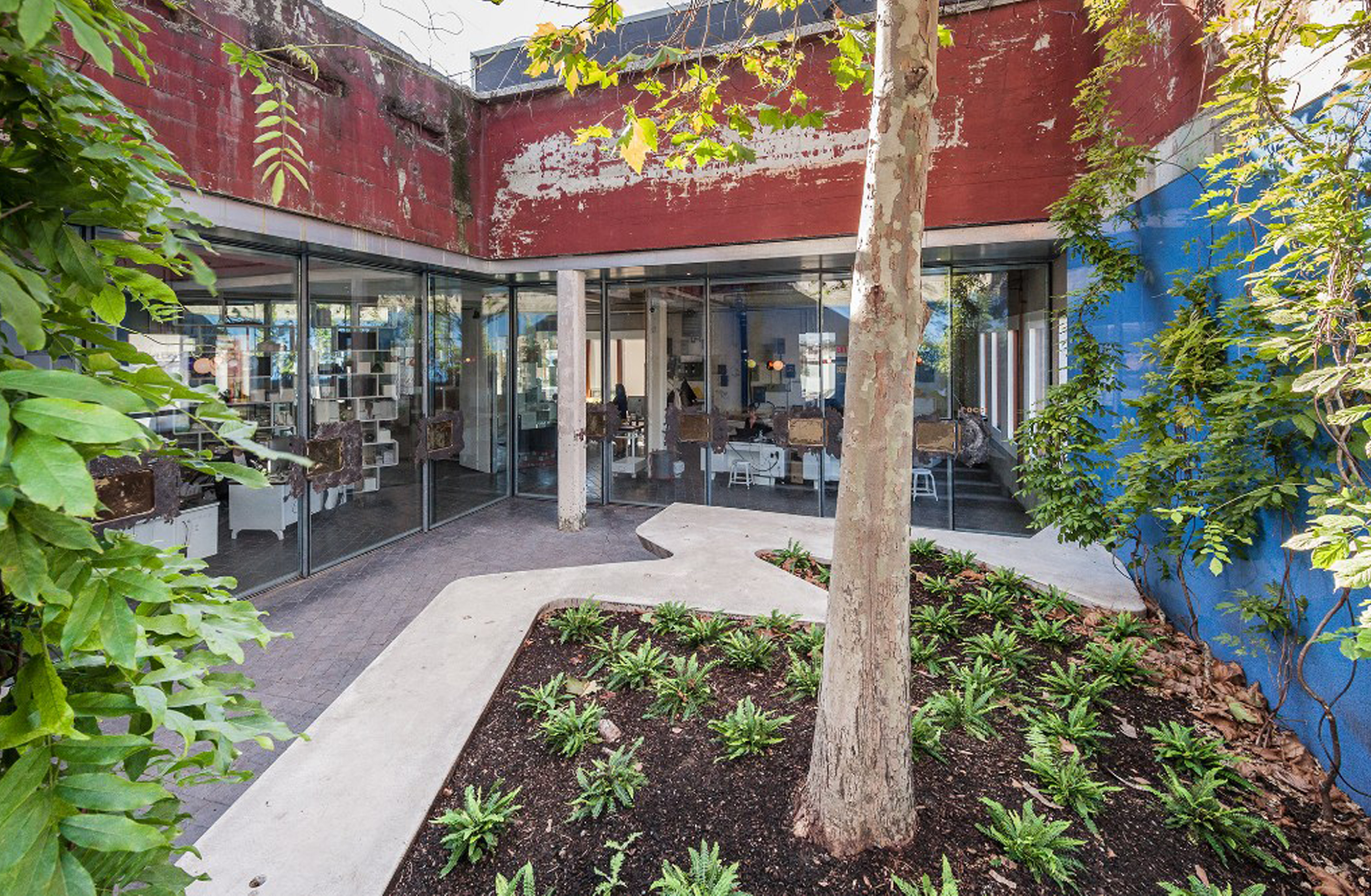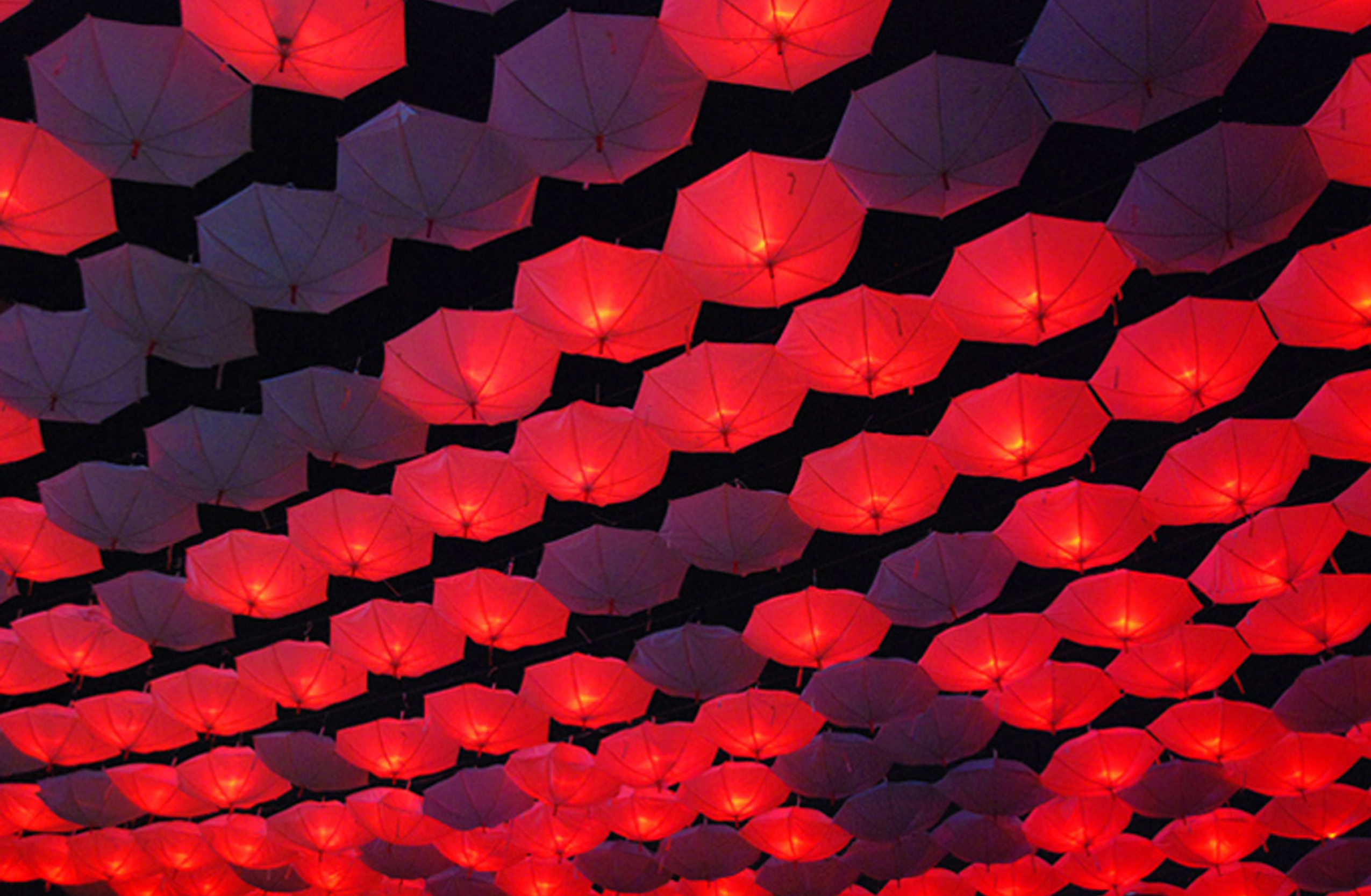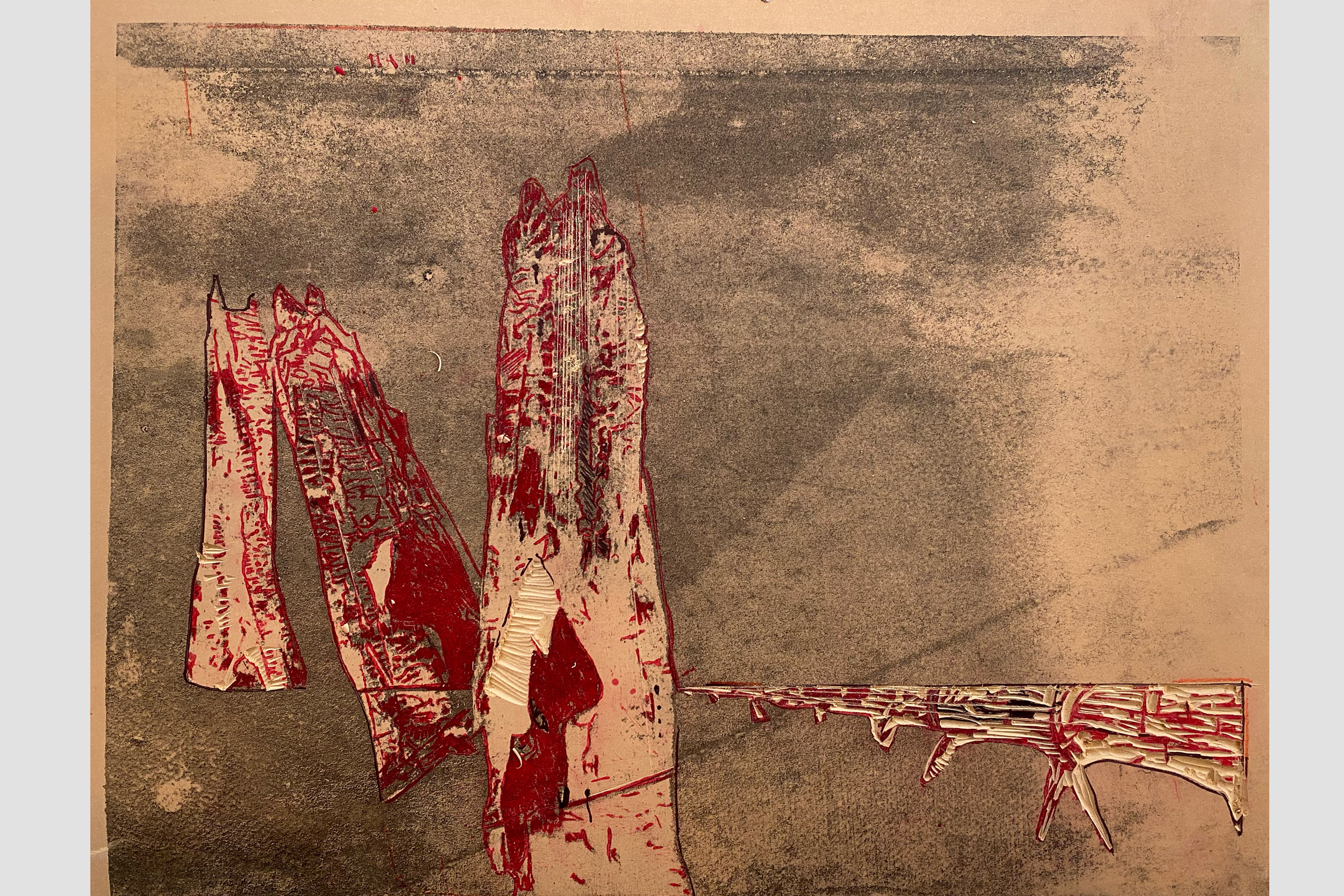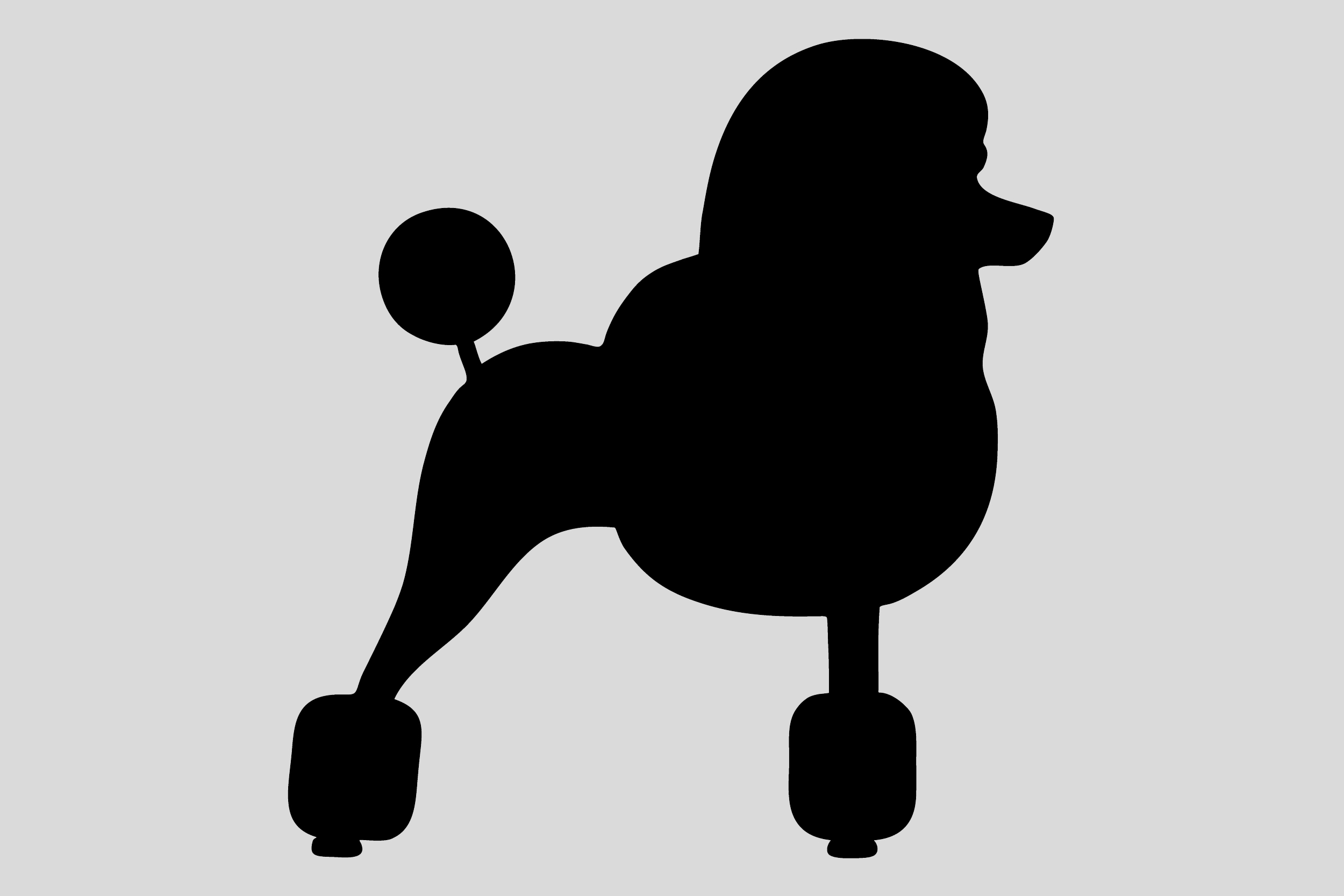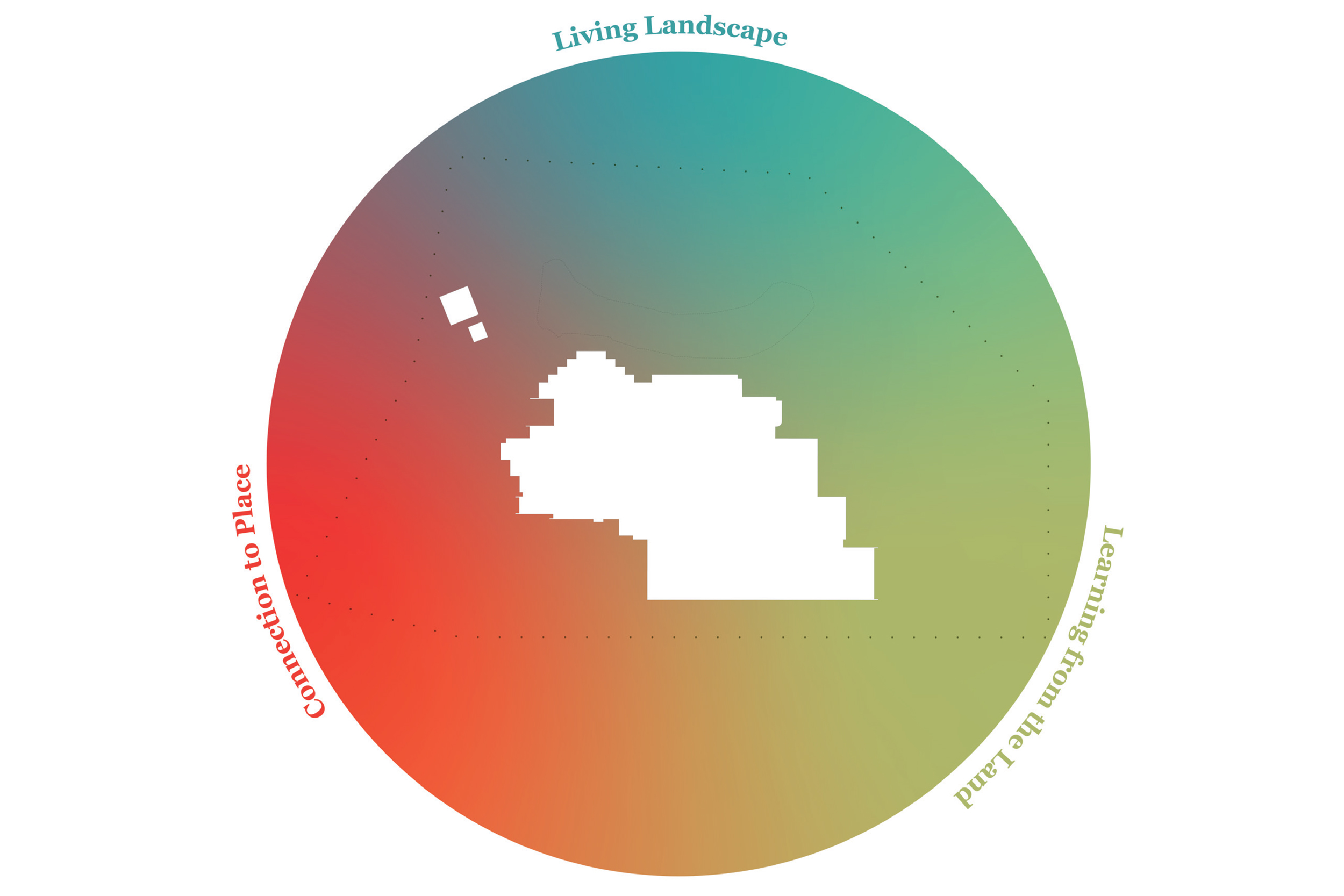
Forest Markings Tests
Measuring / Paired
Location: Korppoo, Finland
Date: June 2022
Media: Forest, masonry string, zip ties, survey flags
Dimensions: Various
Granting Agency: Archipelago Art Residency in Korpo (AARK)
Measuring / Paired
Location: Korppoo, Finland
Date: June 2022
Media: Forest, masonry string, zip ties, survey flags
Dimensions: Various
Granting Agency: Archipelago Art Residency in Korpo (AARK)
This series, undertaken in disturbed forest areas on the island of Korppoo in Finland in 2022, further previous Vancouver studies; in these installations, however, some works engaged trees whose positions suggested a figure that revealed relationships within the selected cluster. In these works, the final figure is more evident. It is important to note that the horizontal string lines temporarily installed in the forest are only as high as I could reach without support; by adding a lower second line, a relation between the two linear elements is established and the reading as a plane suggested. While working with surveyor’s tape or twine recalls the yarn pieces by Fred Sandbeck, there is an essential difference. For one, Sandbeck worked primarily indoors, marking internal spaces, and used the support of walls, ceiling, and floor to suggest a direction for creating latent figures more geometric in their aspect. These outdoor marked interventions reread natural order by seeing within the existing order the possibility of linkages.
Test interventions with string have followed two paths. The first established horizons delineated by string, and derived their presence from thin straight lines set in contrast to the irregular disposition of pine trees and the twisted forms of their branches. The second pursued the definition of a space by marking the relationships of the trunks, and their potential to cohere as the limits of an apse-like space within the greater distribution of the pines, birches, and spruce.
Test interventions with string have followed two paths. The first established horizons delineated by string, and derived their presence from thin straight lines set in contrast to the irregular disposition of pine trees and the twisted forms of their branches. The second pursued the definition of a space by marking the relationships of the trunks, and their potential to cohere as the limits of an apse-like space within the greater distribution of the pines, birches, and spruce.

